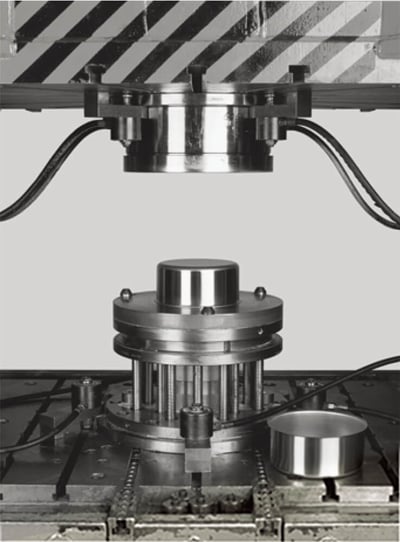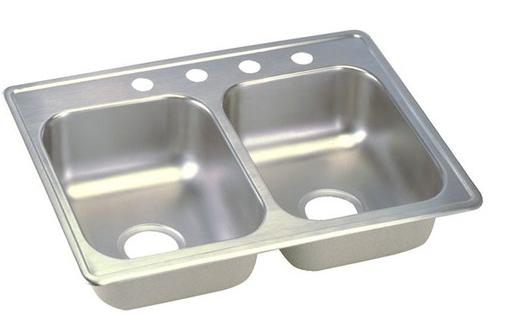Deep drawing is a sheet metal forming process that is commonly used in mass production as well as small series production in sectors such as the automobile industry and household appliances. The tools that enable manufacturers to execute deep drawing have to be well-suited to the task, and in order to know what this means, it is important to understand what deep drawing tools require.
Only the right choice of materials will enable manufacturers to make the best deep drawing process, to reduce costs, speed up their production and increase the quality of their products. First, we are going to examine the characteristics of the deep drawing process.
Necessary properties of deep drawing tool materials
When selecting materials for deep drawing tools, it must be noted that these tools are subjected to high pressure during the drawing process. This is the case for deep drawing mandrels. It requires the materials the tools are made from to have a reasonable amount of compressive strength and impact resistance. In addition, since there is usually friction between tools and the materials being processed, abrasion becomes an important topic. In the case of deep drawing, it is especially the hold-down clamp and the draw ring that are in danger of abrasion, particularly in the edge area. There is a danger of permanent deformations and premature changes in the tools due to abrasion or corrosion that should and can be reduced if the right material is chosen for the tools in question.

From the inspection of the deep drawing process requirements, we can conclude that deep drawing tool materials must excel particularly concerning hardness, strength and friction properties. A particular problem in this area is that hardness is to a certain extent incompatible with ductility; as hardness goes up, ductility goes down and vice versa. This means that a compromise is necessary between these properties. There are a lot of metals and alloys to choose from that are a less than optimal choice because of this. They force manufacturers to prioritize a property at the cost of another important property. However, it doesn’t have to be this way. There are materials that reduce the need to compromise by a lot. The prime candidate in this area is called aluminum bronze.
The prime candidate: Aluminum bronze
Aluminum bronze is a prime candidate among metals and alloys when it comes to deep drawing tools. The mix of bronze and aluminum allows for extreme hardness, great compressive strength and good friction properties at the same time. This makes the aluminum bronze alloy ideal for forming material through deep drawing, especially when stainless steel or titanium is the material being processed. Like no other material, aluminum bronze helps manufacturers minimize friction, reduce production costs, avoid seizing or galling, speed up tool manufacturing, improve sliding properties and ultimately increase product quality.
Get our Technical Paper «Aluminum Bronze Alloys for a higher quality and productivity in the metal forming industry».





